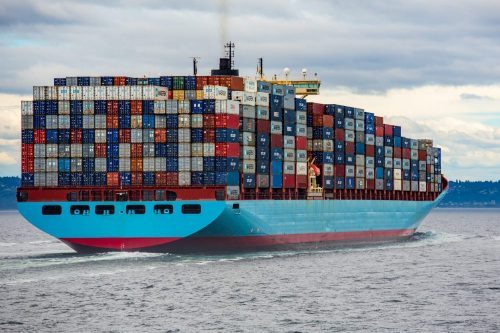The pandemic has caused a serious health and social crisis, as well as an economic turmoil, but for some container carriers, this is also a time of opportunity. Unforeseen profits, freight congestion, freight rate inflation, accelerating fleet expansion – this is the situation in the global maritime freight supply chain in May 2021.
Upstream at all stages of the chain
The first signs of such a situation were already visible in the middle of 2020, when there was a certain upward trend in international trade at all stages of the chain. This was particularly pronounced compared to the global container fleet affected by the first half of the 2020 pandemic. In a highly competitive and volatile market, affected by persistent overproduction problems and erosion of freight rates, the situation of sea freight carriers has significantly improved.
Gross profit will reach about $ 47 billion
According to several experts, the container cargo market has never been as active as it is today. In the UK, for example, local container shipping rates have risen by 200%, while stock prices for ocean liner companies have risen by 300%. The gross annual profit of the container industry will also reach approximately USD 47 billion. The industry points out that practically all indicators have the same – upward – trend.
Cargo congestion in ports
However, there are always two sides of the coin, and rapid “warm-up” can have different consequences. In this case, it is worth paying attention to the quality of supply chain management – productivity in moving container cargo from ships to North American supply chains has been poor for months. In Denmark’s latest shipping market survey, the global container market was described as a frontier of chaos in the fourth quarter of 2020 and the first quarter of 2021. The example of congestion in the report shows that delivery from Tianjin, China to the port of Long Beach, California, took 92 days. The causes of cargo congestion in North American ports range from labor shortages, partly caused by the pandemic, to container shortages caused by shipping disruptions in early 2020, as well as lack of space in warehouses and other bottlenecks in the supply chain.
Although the situation has put freight owners in a difficult position, the consolidation of the ocean shipping industry from around 20 main lines five years ago to 10 lines, which now account for 85% of container capacity, has increased shipping discipline and strengthened the integrity of freight tariffs.
Overall increase of 10%
Forecasts for the rest of 2021 suggest that the boom in container shipping will soon slow down. Experts estimate that in the second quarter of 2021, container traffic will grow by 15% and overall growth will be around 10% compared to 2020. The profits of the container industry could reach $ 87 billion between 2020 and 2022. At the same time, it should be noted that experts are not concerned about future overcapacity in the container transport sector, when the market will inevitably start to decline. Nor are there any concerns about the prospects of ocean carriers who have chosen to invest windfall profits in their shipbuilding rather than charter them.



